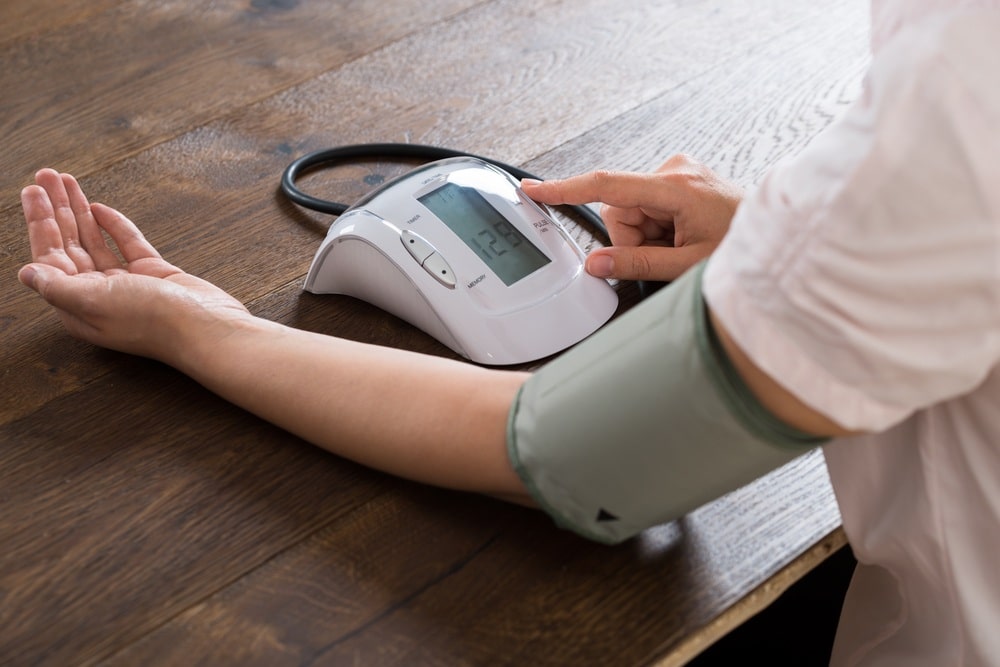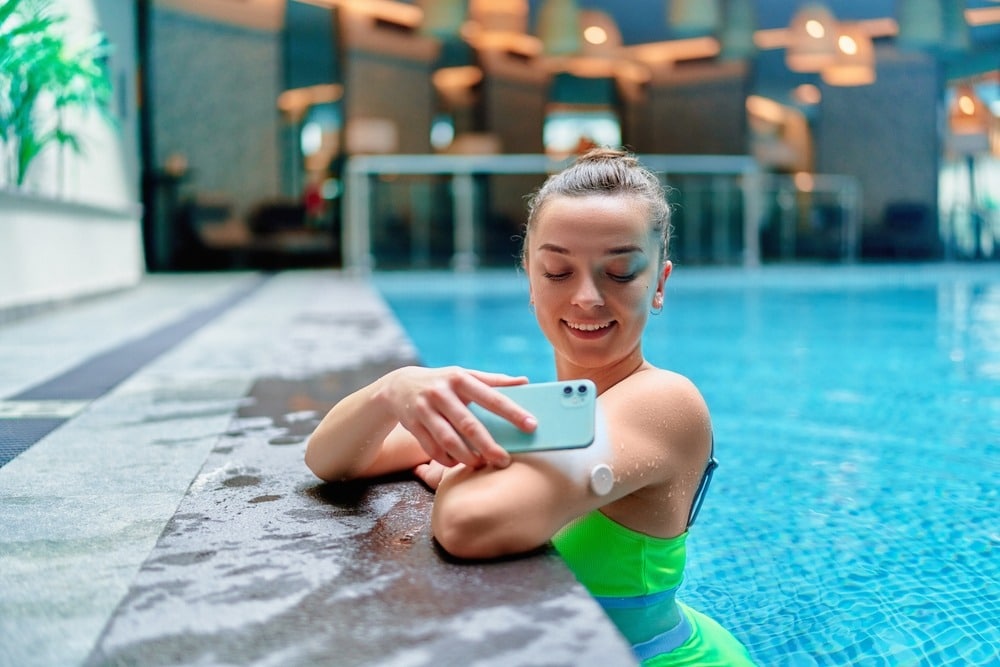Keeping user needs in mind when MedTech companies design medical devices means remembering the humans that interact with these devices. Even the most life-saving technology can fail when it hits the market if an elderly patient can’t read the small liquid crystal display (LCD) screen or a doctor can’t attach an old device to the new technology.
User experience (UX) for medical devices shifts the focus from solely upholding U.S. Food and Drug Administration (FDA) requirements to include the user in the product design to enhance the capabilities and effectiveness of medical devices.
The user experience for medical devices focuses on aspects like how easy the device is for medical personnel and patients to use, and how likely they’ll continue to use it based on their emotional reactions to the user experience.
Learn more about how MDI and the medical market play a role in the user experience for medical devices below.
Factors That Impact the UX of Medical Devices

Several factors impact UX for medical device designs, though the three most common are usability, aesthetics, and emotional appeal.
UX for medical devices often gets overlooked when MedTech companies design medical devices. There are necessary protocols and industry standards that a company must follow for the device to make it to market. However, being mindful of the UX for medical devices can help make exceptional technology more practical and widely available for doctors and patients alike.
Usability
Usability is one of the most critical factors affecting user experience for medical devices. Whether the device gets inserted by a surgeon, used by a healthcare practitioner, or is a daily tool for a patient, ease of use is essential.
Factors to keep in mind when designing medical devices to enhance usability include:
- How fast the device works
- Medical device UI design
- Ease/difficulty of removal
- Size and portability
- Ergonomics
- Compatibility with current clinical protocols and other devices
- Shelf life and accessibility
- Affordability
Remember, how a device looks and makes users feel also affects usability. Medical device designers should always work closely with user research to ensure their products are as practical and easy to use as possible.
Aesthetics
How something looks or aesthetics plays a significant role in the user experience for medical devices because the more aesthetic something is, the greater the market acceptance.
For example, the colostomy bag has undergone an extreme makeover in the past two decades, from the way it clamps shut to adding deodorizers into the device to mask unpleasant scents.
Practicing medical device UI design with aesthetics in mind can positively impact how a patient feels about receiving the proper treatment. Below, we’ll discuss human factors engineering (HFE), how emotional appeal influences consumer behavior and choice, and how the medical industry is taking aesthetics and UX into account.
Emotional Appeal
Medical devices have a positive, negative, or neutral emotional appeal, but devices with a positive emotional appeal offer a better user experience for medical devices. Similar to aesthetics, the emotional appeal of a medical device can influence how a patient or healthcare practitioner feels about using it, thus influencing the UX for medical devices.
For example, a pediatrician using a smiley face stethoscope might find patients feel more comforted than when they use a standard black stethoscope. Thus a pediatrician might use their smiley stethoscope more often to enhance their and the patient’s experience.
Getting a tiny rush of dopamine when your device gives you the green light is one way that medical devices use emotional appeal to help ensure patients habitually use the technology.
On the other hand, a device that constantly beeps or flashes red lights may add unnecessary emotional stress to the patient or doctor, resulting in the medical care industry utilizing the device less often.
Best Practices for Designing Medical Devices With the User in Mind
There are a few practices for medical device UI design with the user experience for medical devices in mind. Manufacturers should research and consult with the people that will use them, use a UX for medical devices workflow or user-centered design process, and incorporate HFE while staying in compliance with FDA regulations.
User-Centered Design Process
When designing medical devices, it’s essential to create designs with the user in mind. Use a UX workflow during the design process to help you understand how the patient and physician fit into the engineering process. Gather the proper data to understand your target audience and begin initial sketches with the people who will use the device in mind.
Conducting User Research and Testing
Medical devices need market research as much, if not more, than any other products for sale. If designers have user research from target markets, their designs could mitigate more than one symptom or step for patients and doctors. For example, the device eliminates the need for surgery and lasts longer than previous clinical protocols.
Have interviews with potential users, but remember user needs and design input are often mistaken for one another when exploring the UX for medical devices. Typically, user needs should outweigh design input unless it’s FDA-mandated.
Focusing on user needs enhances the experience for the patient and physician. In contrast, design input focuses on things that are beyond functional, like opinions of size, shape, or materials.
Incorporating Human Factors Engineering Principles
The International Organization for Standardization (ISO) has protocols, like IEC 62366-1:2015, that sets the standards for incorporating human factors engineering or HFE into medical device designs.
HFE takes into account the human aspect of medical care. Lives are at risk when patients can’t use their medical devices or physicians lose valuable surgery time with outdated medical technology. A better user experience for medical devices can save lives by looking at broader functional needs alongside mitigating health concerns.
ISO protocols primarily focus on useability regarding safety but also ease of use, aesthetics, and emotional appeal to improve the overall user experience for medical devices. Outsourcing medical device production to a qualified company can ensure that they follow all ISO protocols carefully.
A Successful Medical Device Design That Prioritizes UX
While insulin trackers, medical devices, and apps for diabetes patients still have room to grow, there have been large advancements in the user experience for medical devices. This growth is clear in the development of glucose-monitoring devices within the past couple of decades.
Before 1999, transdermal glucose sensors were a thing of the future, and many diabetic patients did not properly adhere to the self-monitoring of blood glucose levels, resulting in unnecessary health risks.
By 2018, the FDA approved an implantable glucose monitoring system compatible with an app. Now, instead of four to ten daily blood draws, users can check their phones and monitor their glucose levels with no pricks or blood required.
The above example shows how usability suffered with previous methods for self-monitoring blood glucose levels. Meanwhile, the aesthetic appeal of an app over a pager-like device and the emotional appeal of not needing to draw blood four to ten times a day disrupted the previous healthcare protocols. In addition, it introduced a new way of living for diabetic patients.
Turn to MDI to Better Cater to User Needs Today

Designing a medical device is more than ensuring it treats or mitigates an ailment and meets FDA approvals. For a device to be accepted and used by patients and medical professionals, it has to function so that everyone can easily use it and enjoy using it.
When MedTech companies keep user needs in mind when designing medical devices, it helps ensure people have access to and can use life-changing technology.
MDI professionally packages and manually assembles medical devices to improve physicians’ and patients’ user experiences and reduce wait times for life-saving devices. Request a quote today to improve your user experience for medical devices the next time you receive shipments.